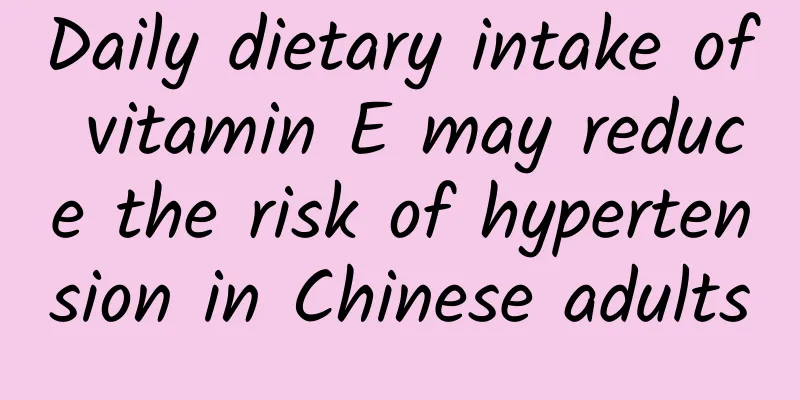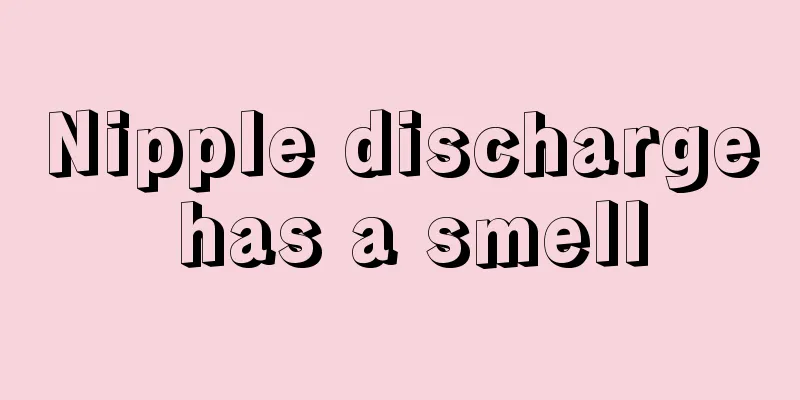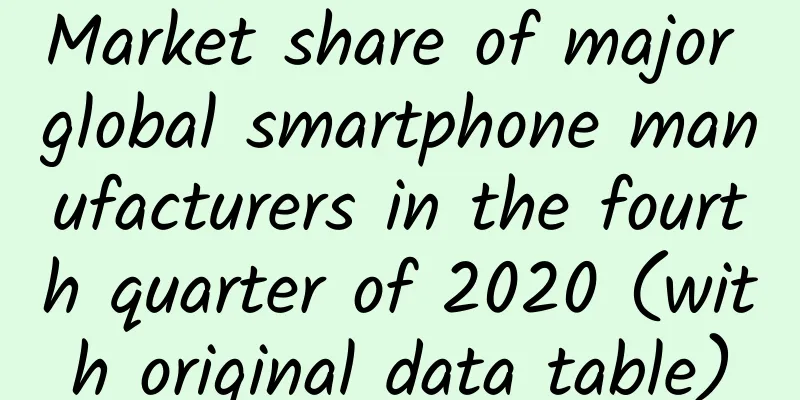Daily dietary intake of vitamin E may reduce the risk of hypertension in Chinese adults

|
Hypertension is an important global public health issue and an important modifiable risk factor for cardiovascular and cerebrovascular diseases. In China, about 245 million adults suffer from hypertension, and about one-third of adult cardiovascular deaths are due to uncontrolled hypertension. Therefore, identifying and determining the risk factors for hypertension has important clinical and public health value in preventing the occurrence of hypertension and reducing the social and economic burden it brings. Among them, a reasonable diet and a healthy lifestyle are important strategies for the prevention and management of hypertension . Vitamin E is an essential fat-soluble antioxidant vitamin for the human body. Vitamin E mainly comes from plant foods, including nuts, vegetable oils, vegetables and fruits. On the one hand, vitamin E can improve endothelial function by reducing oxidative stress and promoting the synthesis of vasodilators, thereby helping to reduce the risk of hypertension; on the other hand, excessive doses of vitamin E may have potential pro-oxidative activity, which can increase the risk of hypertension by damaging endothelial-dependent arterial vasodilation and enhancing intimal proliferation. Therefore, the association between vitamin E and the risk of hypertension may be nonlinear, that is, there is an appropriate intake range to achieve the lowest risk. However, there is currently no prospective cohort study to explore the dose-response relationship between dietary vitamin E intake and the risk of hypertension. Based on this, a study recently published in Hypertension Research found that dietary vitamin E intake was associated with the risk of hypertension in an inverse "J" shape, and the risk of hypertension was lowest when dietary vitamin E intake was 18.8-<40.5 mg/day . Professor Qin Xianhui from the National Clinical Research Center for Kidney Diseases of Southern Hospital is the corresponding author, and Professor Zhang Yanjun from Southern Medical University is the first author. This study is a prospective cohort study based on the China Health and Nutrition Survey (CHNS). A total of 12,177 Chinese adult participants were included. The dietary intake of participants was assessed by 24-hour personal dietary recall and household food inventory weighing for 3 consecutive days, and dietary nutrients were converted using the Chinese Food Composition Table. The cumulative mean of dietary vitamin E intake during the follow-up period represented the long-term exposure level of the participants. Figure 1 Association between energy-corrected dietary vitamin E intake and the risk of hypertension After 6.1 years of follow-up, a total of 4,269 participants (35.1%) developed hypertension. Dietary vitamin E intake was associated with the risk of new hypertension in an inverse "J" shape (see Figure 1), that is, compared with participants with a dietary vitamin E intake of 18.8-40.5 mg/day, participants with a dietary vitamin E intake of less than 18.8 mg/day had a significantly increased risk of hypertension by 40%, and participants with a dietary vitamin E intake of more than 40.5 mg/day had a significantly increased risk of hypertension by 18%. The study found that Chinese adults who consumed 18.8 to 40.5 mg of vitamin E per day through their diet had the lowest risk of developing hypertension. Therefore, moderate intake of vitamin E through a reasonable diet may contribute to the primary prevention of hypertension . However, this finding still needs further research to confirm. References: Zhang Y, Yang S, Wu Q, Ye Z, Zhou C, Liu M, Zhang Z, He P, Zhang Y, Li H, Li R, Gan X, Liu C, Qin X. Dietary vitamin E intake and new-onset hypertension. Hypertens Res. 2023 Jan 6. Editor | Zhang Yanjun Huang Yu Audit | Qin Xianhui Reprint: Please contact us and indicate the source. Kidney Health Promotion Study A small step in scientific communication is a big step in healthy living! Pay attention to the whole chain of kidney disease prevention and control strategies, share the latest research results and dynamics of the Kidney Health Promotion Research Group, open, cooperative, sharing, and win-win! Welcome everyone to subscribe, criticize and correct! |
<<: I heard you love "pan skewers"? Be careful, pan will hurt...
Recommend
How to remove the spots on the face after giving birth
After giving birth, many female friends will feel...
What are the symptoms of high progesterone?
The level of progesterone is closely related to o...
Can women soak their feet in summer?
We all know that foot soaking is a very common he...
How long does it take to get abortion?
Medical abortion is also a common method for wome...
How to enlarge breasts safely and effectively
It is said that "flat-chested women tend to ...
Hello, are you there, Helicobacter pylori
Helicobacter pylori, I know these words, but why ...
What is the reason for severe back pain before menstruation?
Severe back pain before menstruation is a normal ...
So horrible! Coughing for 3 months turned out to be lung cancer
After coughing for three months without any impro...
Pain from left breast to armpit in women
In our real life, many people usually suffer from...
When is the best season to eat lotus pods? How much lotus pods should be eaten at one time?
Lotus pods are a common food ingredient in southe...
What is the best and most effective food for women with kidney deficiency?
As the pace of social development is getting fast...
What should I do if I feel static electricity when touching my cat in winter? Does static electricity on the cat affect him?
The climate is dry in winter, and you will be sho...
Why do children always have fever at night? During the epidemic, parents should do these 3 things!
I believe many parents have had this experience: ...
Is it okay for women to undergo sterilization surgery?
Sterilization surgery has certain benefits for wo...
Female right lower abdominal cramping pain
Habitual cramp-like pain in the right lower abdom...









